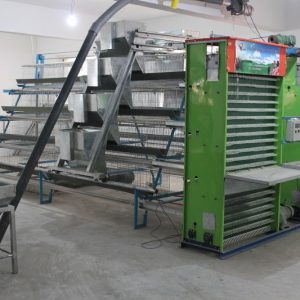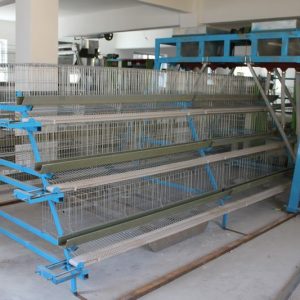
Calculation method of laying hen feed
How to calculate the amount of material used in different growth stages of laying hens, and summarize the following scientific methods of laying hens in urine:
For chicks before 10 days of age, the number of grams of feed per chicken is day age + 2. Such as 8-day-old chicks, the daily feed for each chicken is 8 + 2 = 10 (g).
For chicks between 11 and 20 days old, the number of grams of feed per chicken is daily age + 1. For example, for 14-day-old chicks, the daily feed for each chicken is 14+1=15 (g).
For chicks aged 21 to 50 days, the number of grams of feed per chicken is equal to the age of the chicks. Such as 25-day-old chicks, the daily feed for each chicken is 25 grams.
For chickens aged 51 to 150 days, the daily feed for each chicken is 50 + (number of days-50)&pide;2. For example, for a 100-day-old young chicken, the daily feed for each chicken is 50+(100-50)&pide;2=75(g).
For chickens over 150 days old, the daily feed for each chicken can be stabilized at more than 100 grams.
According to the above calculation method, a hen will consume 8.84 kg accumulatively at the age of 150 days, and the layer will consume 36.5 kg a year, which can basically meet the needs of laying eggs while avoiding waste.
The biggest expense of raising laying hens is feed. Mastering the amount of feed in each growth period of laying hens can improve the economic benefits of raising chickens.



